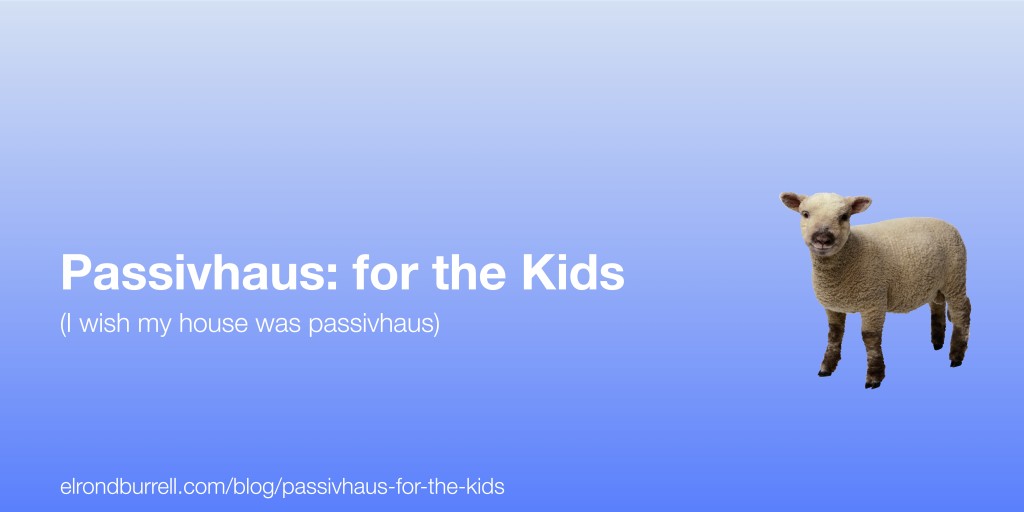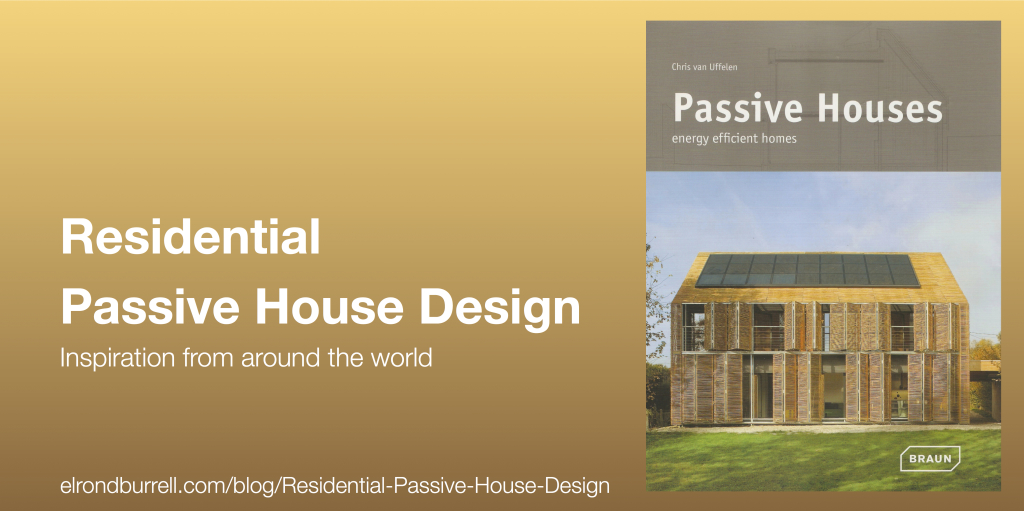A passivhaus home in almost all climates across the world will include a mechanical ventilation system with heat recovery (MVHR*). This kind of ventilation system is required for both energy efficiency and for comfort. However, to many people this is an intimidating and misunderstood aspect of passivhaus. As a result, there are various concerns and misconceptions about what a passivhaus ventilation system is and how you use it.
To address some of these issues I have enlisted the help of Zehnder, a global supplier of Passivhaus Certified ventilation systems. In this post, we explore the following aspects of a residential passivhaus ventilation system:
- How do I control the ventilation system?
- What day-to-day interaction do I need to have with the ventilation system?
- What is the boost function and when should I use it?
- When should I switch the ventilation system off?
Rupert Kazlauciunas, Senior Technical Advisor at Zehnder Group UK, very kindly provided answers to my questions
In a residential passivhaus, the ventilation system can be simple to use. It will save energy and money, while ensuring comfort and excellent indoor air quality.


